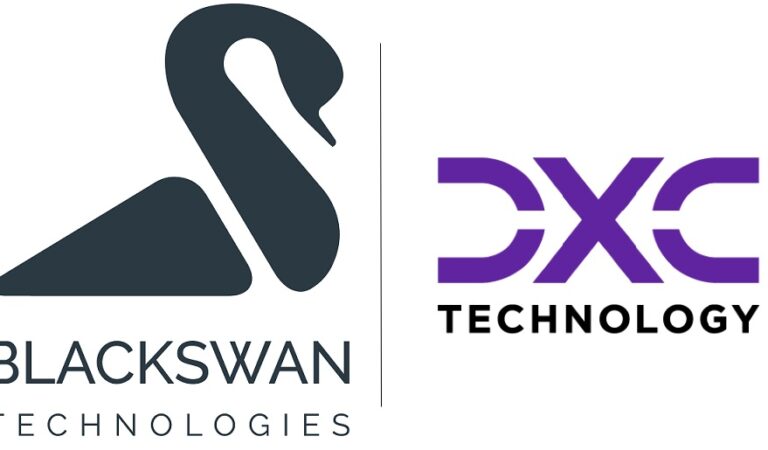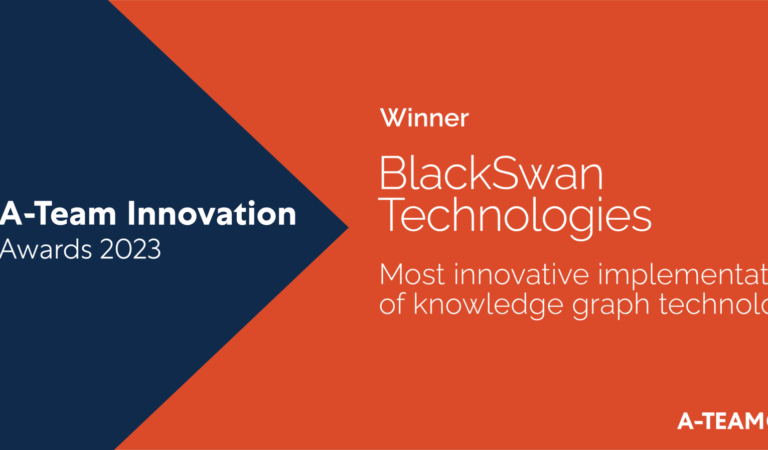
Apr. 27, 2021
The Next Step for Artificial Intelligence in Banking – Capability Stacks
By Sooraj Shah @ BlackSwan Technologies
Artificial Intelligence has now been around for many years, and banks have made huge strides in strengthening customer relationships and lowering costs as a result. In that time, the technology has advanced significantly, meaning that there is even more that banks can do to gain a competitive edge. This includes recognising early-warning signals that a borrower’s risk profile may have changed and acting on this; identifying less engaged customers at risk of attrition and crafting messages for them using the right channels at the right time; and analysing voice and speech characteristics to match agents with customers based on behavioural and psychological mapping.
In order for banks to benefit from these capabilities, a recent McKinsey report, AI-powered decision making for the bank of the future suggests that they require AI capability stacks that incorporate the right decisioning elements.
From a technological standpoint, the stacks would comprise four main layers: reimagined engagement, AI-powered decision making, core technology and data infrastructure, and a leading-edge operating model.
“The layers of the AI-bank capability stack are interdependent and must work in unison to deliver value,” the report reads.
The report’s authors explain that banks require advanced analytics and machine learning decisioning capabilities to understand and respond to customers’ fast-evolving needs swiftly. That means they can leverage machine-learning models to determine in (near) real-time the best way to engage with each customer. Subsequently this enables them to increase value in four key ways:
- Stronger customer acquisition
- Higher customer lifetime value
- Lower operating costs
- Lower credit risk
AI Enhancement Areas
Some of the key areas highlighted within banking that can benefit from AI capabilities and decisioning elements include:
Customer Acquisition
As customers follow a variety of paths to open a new card account, apply for a mortgage or research new investment opportunities, advanced analytics are critical in the design of journeys for new customers. Analytical tools are already used to understand the customer’s path to the bank to enable banks to personalise offers directly on the landing page. This can be enhanced further by analysing, with permission, how customers enter the website, their browsing history and social media data to form an initial profile of each customer, including financial position and provisional credit scoring.
The bank can segment customers according to their responsiveness to prior messaging – and can identify the best channel for each type of message, according to the time of day. According to McKinsey, AI-first institutions are using advanced analytics to generate intelligent, highly relevant messages and provide smart servicing through assisted channels. This has enabled them to create a superior experience, which has been shown to contribute to higher rates of conversion. In addition, it has saved costs compared to the mass messaging that would be sent to tens of thousands of customers in the past.
Credit Decisioning
AI has been used to streamline credit decisioning. In the past, lenders may have used rule-based or logistic-regression models to analyse credit bureau reports, but this is based on a restrictive set of criteria, limiting the number of consumers and SMEs that should qualify for credit. Advanced models which analyse structured and unstructured data from social media, browsing history and other data sources can be automated, helping the decisioning process to be completed nearly instantaneously, increasing the chances of acquiring new customers and satisfying existing clients as they’re approved for loans. This model can be tested and improved upon as time goes on. Similar techniques can be used by banks to automate the process for determining the maximum amount a customer may borrow.
Banks generally offer standardised rates on loans, with sales representatives having some discretion to adjust rates. However, fierce competition on loan pricing, particularly for borrowers with a strong risk score, places banks using traditional approaches at a considerable disadvantage against AI and analytics leaders, according to McKinsey. Machine learning models for accurate risk scoring and loan pricing enables banks to offer competitive rates while keeping their risk costs low. While the use of advanced analytics and ML models in these examples can help the bank to acquire new customers and increase market share, it can also open new opportunities for fraud.
“Banks should continuously update their fraud detection and prevention models,” the authors emphasise, and this includes incorporating AI capabilities to conduct the relevant checks, such as facial recognition with know-your-customer (KYC) documents. Ultimately, better identification of suspicious customers will allow banks to increase loan approval rates without increasing credit risk.
Monitoring and Collections
AI is already being used to automate loan underwriting and pricing, but it can also be used to reduce the burden of nonperforming loans. Using data sources such as repayment data and credit bureau reports along with collection agents’ comments, location data and transaction history, a bank can build a 360-view of a customer’s financial position and recognise early-warning signals that a borrower’s risk profile may have changed and that the risk of default should be reassessed.
Increasing Customer Engagement
Advanced analytics and machine learning can classify customers into microsegments for targeted interventions. So less engaged customers that are at risk of attribution can be identified and messages can be personalised to them to alert them of offers at the ideal time of the day through the right channel. This would demonstrate that the bank understands the customers’ current position and aspirations can help them to make the journey from the former to the latter. For example, by analysing browsing history and spending patterns, a bank may recognise a consumer’s need for credit to finance an upcoming purchase of a household appliance. Banks can improve agents’ productivity with pre-approved products tailored to meet each customer’s distinct needs. Models that analyse voice and speech characteristics can match agents with customers based on behavioral and psychological mapping, while transcript analysis can help to predict customer distress and suggest resolutions to the agent.
How do organisations deploy the AI capabilities that they require?
According to the report, to succeed in leveraging AI, banks must begin with a strategy and road map to capture maximal scale benefits in the design, building and deployment of AI models.
However, it can be challenging for banks to deploy AI technologies that both meet technical expectations and comply with strict security controls.
BlackSwan Technologies is trusted by leading banks and offers the four key AI capability stacks that McKinsey’s report refers to. BlackSwan’s flagship product ELEMENT™ is an AI Operating System for business, which combines robust leading-edge capabilities in artificial intelligence, cognitive computing and big data. It enables organisations to personalise interactions and increase customer engagement, ultimately leading to higher rates of conversion.
ELEMENT™ of Compliance is a customised version of the AI Operating System extensively used by financial institutions to accelerate and innovate how they prevent, detect, and investigate fraudulent activity. It is implemented as a complete end-to-end compliance system or augments the existing organisation’s platforms to tackle the latest and most difficult fraud schemes using cognitive computing – while offering complete customisation and cloud-agnostic deployment, along with military-grade security.
ELEMENT’s AI capabilities include a knowledge graph that builds a comprehensive representation of all relevant entities and the relationships between them. Machine learning algorithms filter through millions of data sources in seconds and append the structured information within the graph. The ML algorithms also identify the most relevant negative news items and can assign that information to a particular compliance domain (eg. fraud, AML, etc). Multi-level semantic Natural Language Processing (NLP) and Deep Learning (DL) algorithms that break each article down to the sentence-level, resolving the nature of each entity and their respective actions.
While Capability Stacks represent an advanced, highly-orchestrated approach to building business applications that leverage AI, this strategy can be realised out-of-the-box today with ELEMENT of Compliance and its underlying AI Operating System, ELEMENT.
Learn more about BlackSwan Technologies at www.blackswantechnologies.ai or follow us on Twitter and LinkedIn


